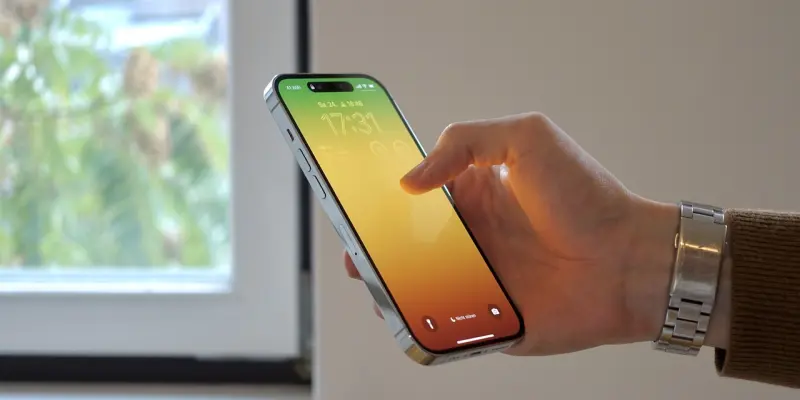The Samsung Galaxy S25 Edge has entered the smartphone arena, creating a buzz as it aims to rival Apple’s iPhone 17 Air. It exudes innovation with a sleek 5.8mm profile and a lightweight of 163 grams. At its core, a 3,900 mAh battery powers this device, offering up to 25 watts of wired charging, achieving over half a charge in about 30 minutes, and supporting wireless charging too. The device’s modern aesthetics meet functionality effortlessly. Its standout feature is a 6.7-inch Dynamic AMOLED 2X display boasting QHD+ resolution and a refresh rate from 1 to 120 Hz for enhanced energy conservation. With protection from Gorilla Glass Ceramic 2, this phone is designed for durability. Inside, the Snapdragon 8 Elite for Galaxy processor, complemented by 12GB of RAM and storage options of 256GB or 512GB, positions the phone as formidable hardware. Photographers will appreciate the 200 MP main camera with optical image stabilization, a 12 MP ultrawide lens, and a 12 MP front camera, catering to those who seek quality imagery. Running on Android 15 with One UI 7, it offers a smooth, customizable user experience. The design, marked by a robust titanium frame, comes in Titanium Silver, Jet Black, and Icy Blue, blending style with strength. Priced at $1,099, pre-orders offer a free upgrade to the 512GB model, showcasing value. Samsung’s trade-in deals further incentivize potential buyers. As the Galaxy S25 Edge anticipates facing the iPhone 17 Air, the real test will be in consumer preference, a pivotal factor in this tech rivalry.
In the highly competitive and often formulaic world of B2B technology marketing, the prevailing wisdom has long been to prioritize lead generation and data-driven metrics over the seemingly less tangible goal of brand building. This approach, however, often results in a sea of sameness, where companies struggle to differentiate themselves beyond feature lists and pricing tables. But a recent campaign

